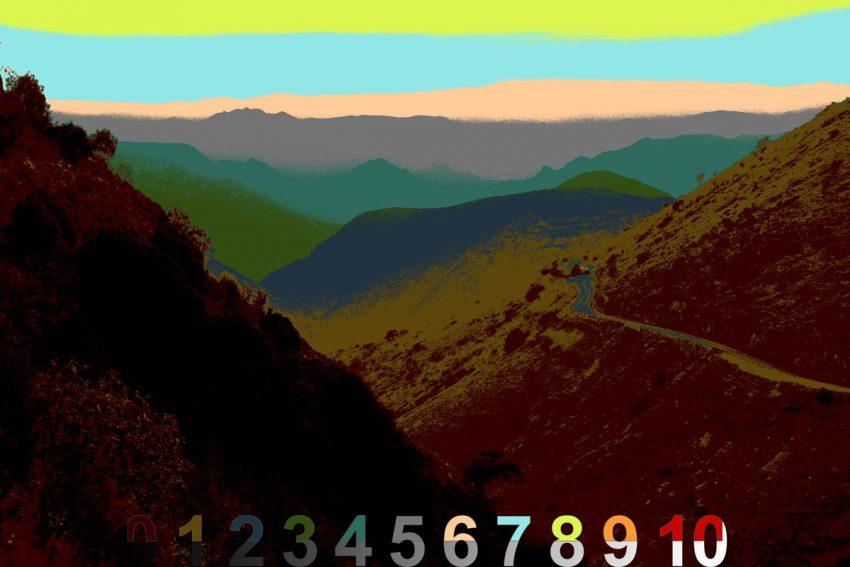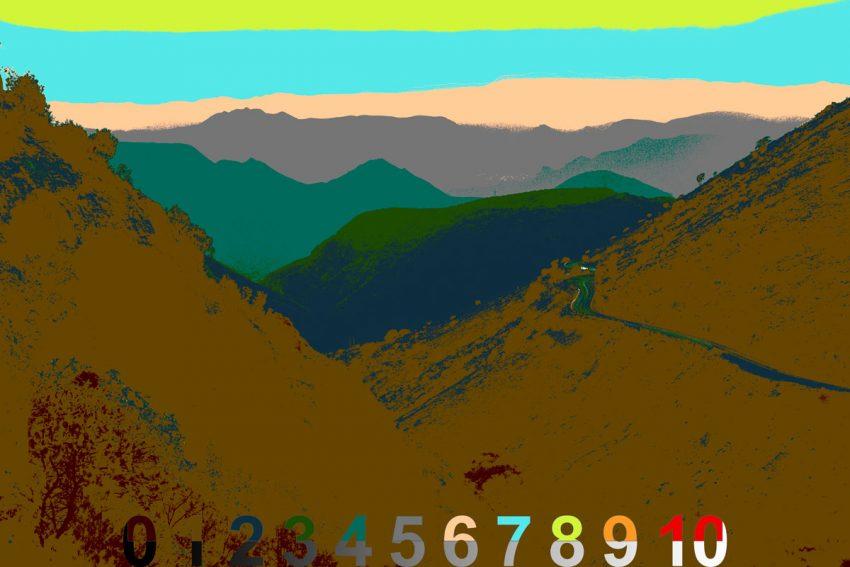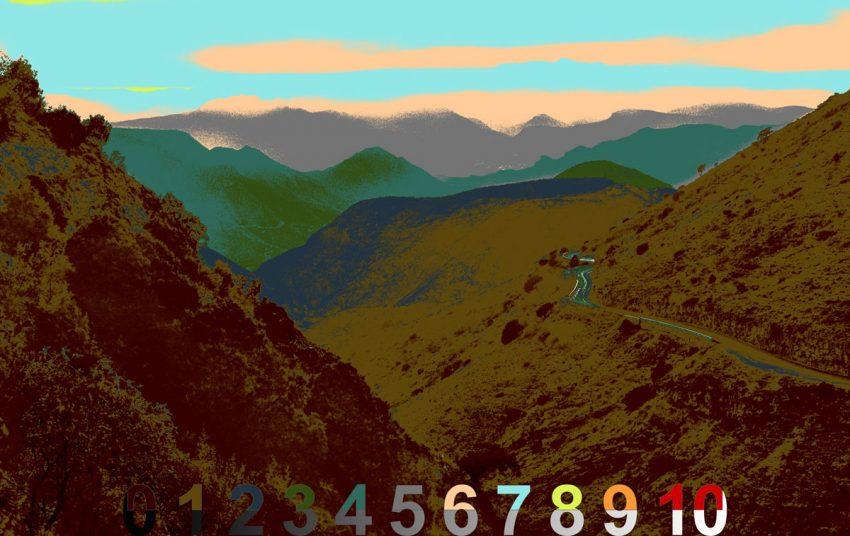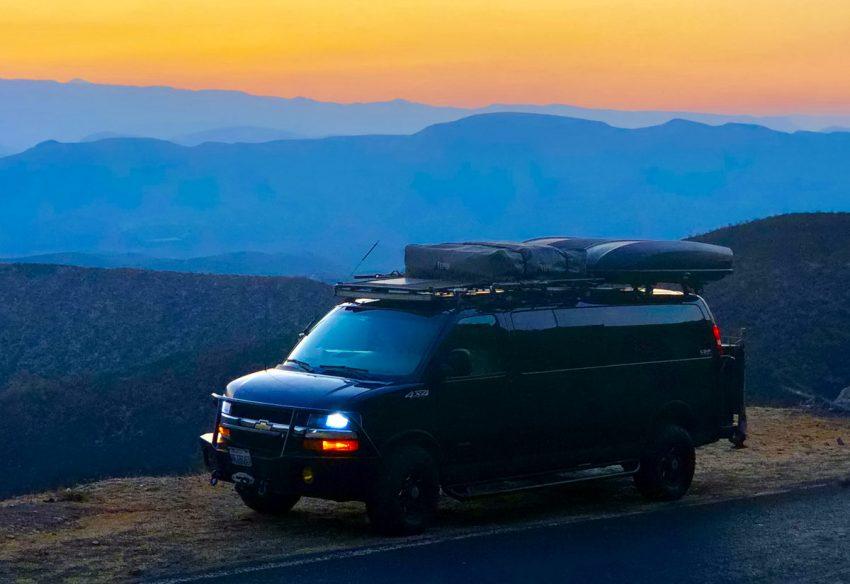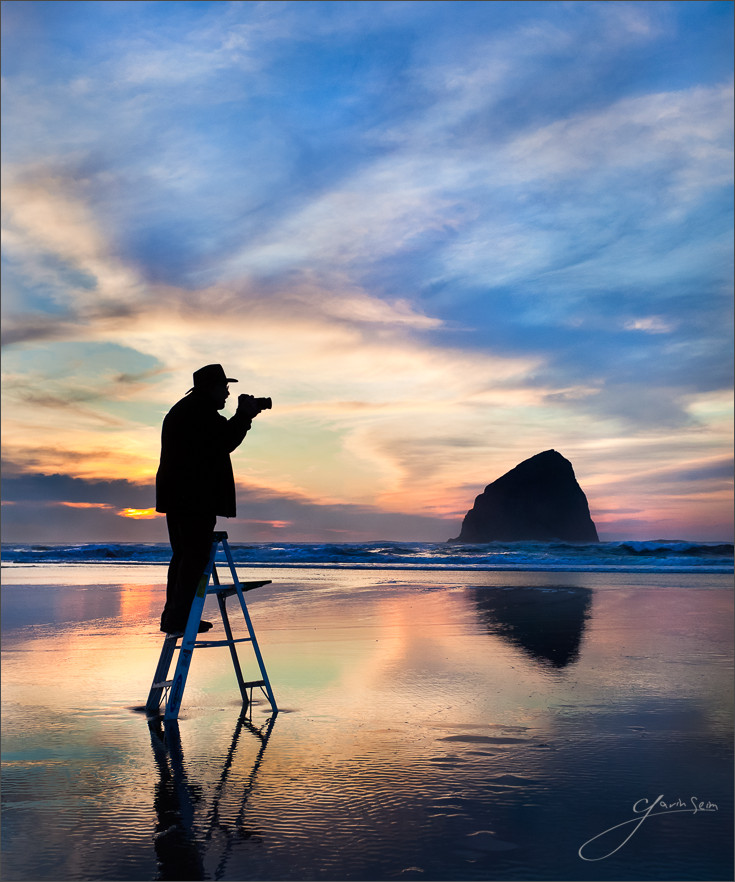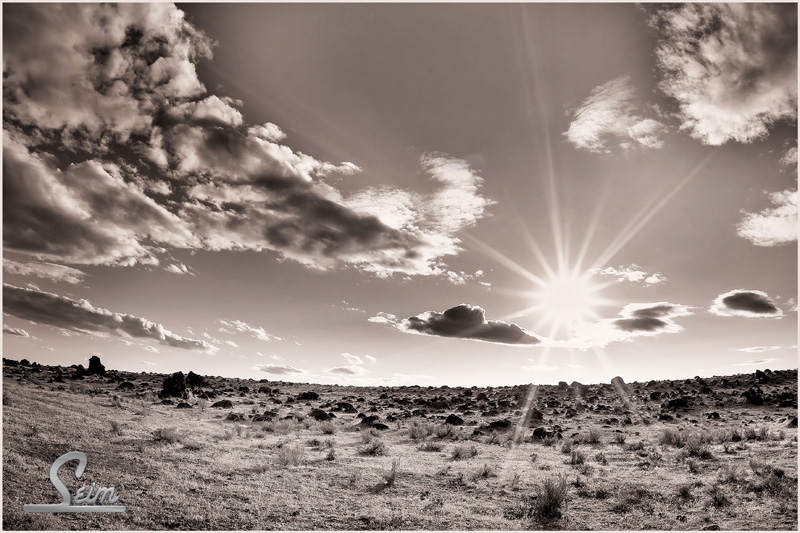“Mexico is forgiving, JPEG is not”
I always shoot RAW because JPEG means data is thrown out and the more data you have the more dynamic range and color gradients and detail you get. In post that’s important. Don’t ever let someone tell you that JPEG is the same as RAW. Mexico is forgiving, JPEG is not. It has it’s place, but no software or wishing will restore information that has been thrown away.
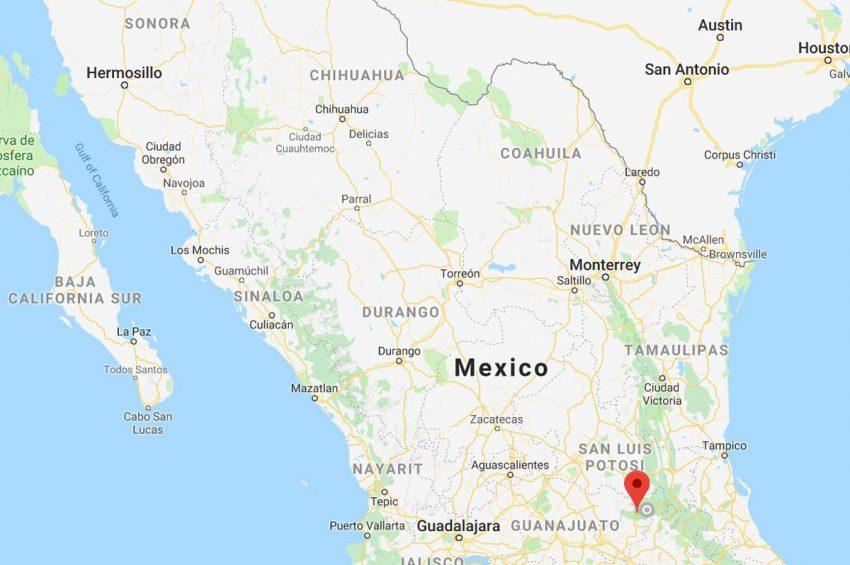
That sun was setting as we wound up the hairpins toward the jungle treeline and looking back over the valley above a small town called Carmango was the purest high gradient color sunset I could hope for. It actually reminded me a bit of the smokies back in the USA, but the color was stunning and alive. Just like Mexico.
I got the shot, but I found out after returning home that I accidentally switched the menus of my Fuji XT3 to JPEG. My editing flexibility was now limited and I was kicking myself. Sure the built in profiles from the Fuji look good, but it’s still a JPEG and especially in high dynamic range scenes like this, I want every ounce. With subtle smooth color gradients like this you have to be careful or you will get artifacts. The more you edit the more that can be a problem. Especially if you’re not in 16 bit.
So I started with the original untouched JPEG filer in Capture 1 (LR would also have worked fine). If you look at my our of camera file it’s nice but check out the tonal map from Lumist. It’s already pure clipping. Before anything else I did some brushing to recover a bit of shadow detail on the left foreground. Fully black there will be too much negative tone. After that I opened the file as a 16 bit TIFF in Photoshop. I can’t create more range out of nothing but by switching to 16 bit we get smoother colors and less artifacts as we edit. Here’s what I has our of camera. Not bad. But can we edit it.
The good thing was that I had a few image to choose from. I had taken a few frames and then realized it was beautiful and I should NOT be hand-holding at a higher ISO to make it fast. So I got the tripod and ended up at 1/2 sec, ISO400 f4. I did a bit of bracketing since I had little time to micro analyze the tone. This yielded me a sharp image in with balances zones. Even though I thought I was shooting RAW I kept the highlights down on this, not to compensate, I expose where I want. But because it was more about the color and contrast in the hills. I did not want a washed out sky. That paid off because had I needed to recover highlight from the JPEG, it would have been tough.
Here’s the tone values of that I took into PS and you can see those shadows really were lifted after that first shadow edit keeping some detail in my black. I didn’t want a lot of detail there so even on the JPEG, this did not introduce a lot of artifacts.
Looks decent. Now into Photoshop.
I used Lumist to examine the tones and see what to change. I wanted to boost thing a little but keep editing to a minimum. The next thing I did was some sky work using selection from Lumist, including a fire paint overlay. I enhanced the natural purple and the oranges of the sky and mountains a little using these. I finished by watching my tones and doing some burn and dodge. A little shadow burning in particulate helped me define the lines between the mountains.
Below you can see the tonal map of the fished image that’s at the top. I kept my sky fiery but with no tones above Zone 8, which is pretty dark for a sunset sky, at least for me. But because the shadows of the image go all the way to Zone 1, we still have rich contrast and a full 8 stops being in the tonal range of the image from Z0-Z8. No muddy crushing of everything into mid tones here.
So Can JPEG Work?
Yes the JPEG worked out and I have a printable image, this time. But this is a good lesson in paying attention. Images minutes before were in RAW and tinkering around in menus I switched over and din’t realize it. I exposed well, but had I shot like this all day at an important event I would have lost images due to highlight and shadows being thrown out. Even here a raw would have given me a tad more subtle quality and that does matter when printing.
Always shoot RAW for art images. The fact that the image was exposed well in camera like we talk about in the EXposed Workshop and processed carefully in post kept it looking good. JPEG’S can look great, but they can also fall apart when you push them hard and while I don’t always push a file hard. I always recommend the extra latitude of a RAW.
Let me know what you think of the result. — Gav



